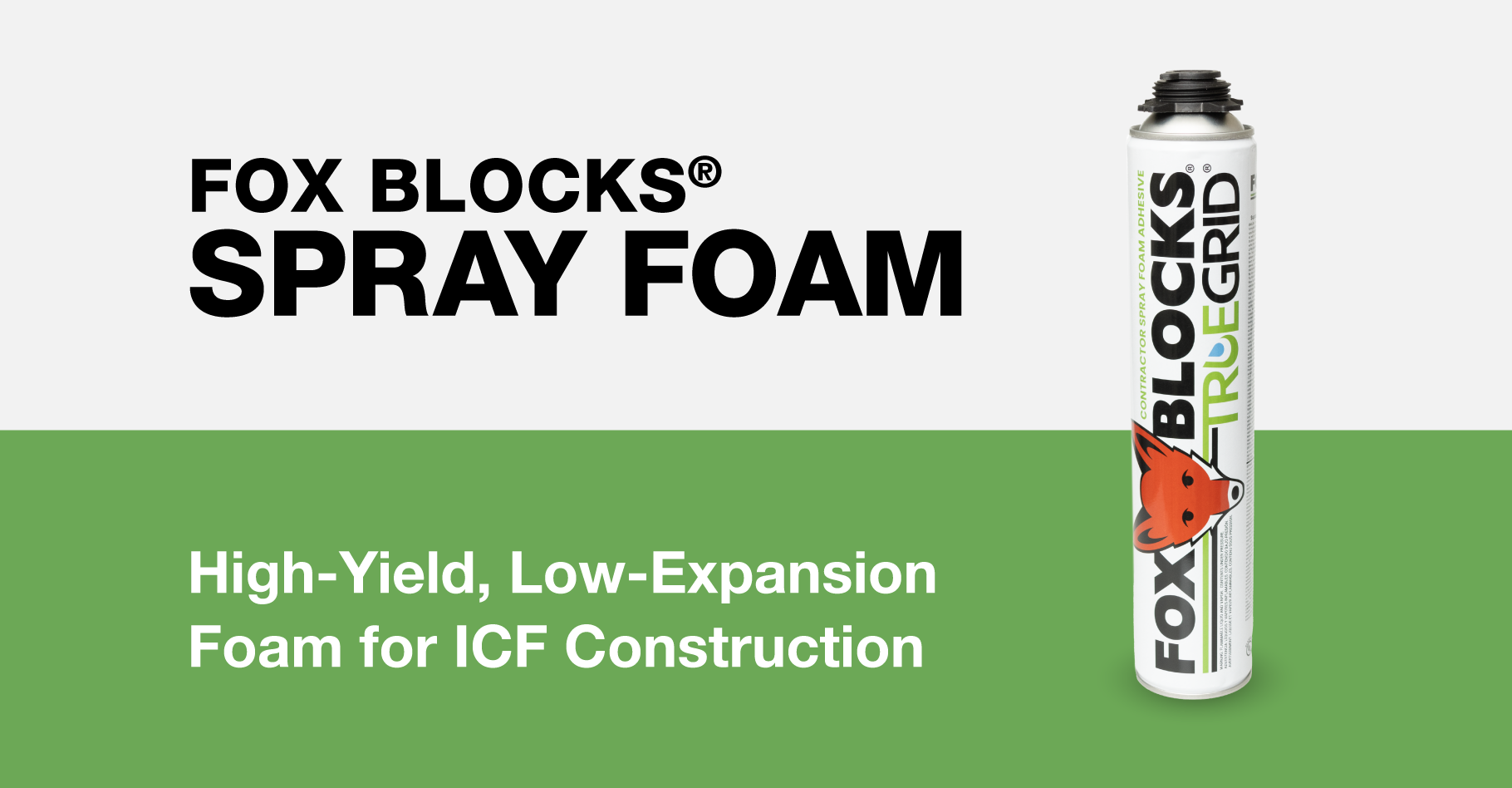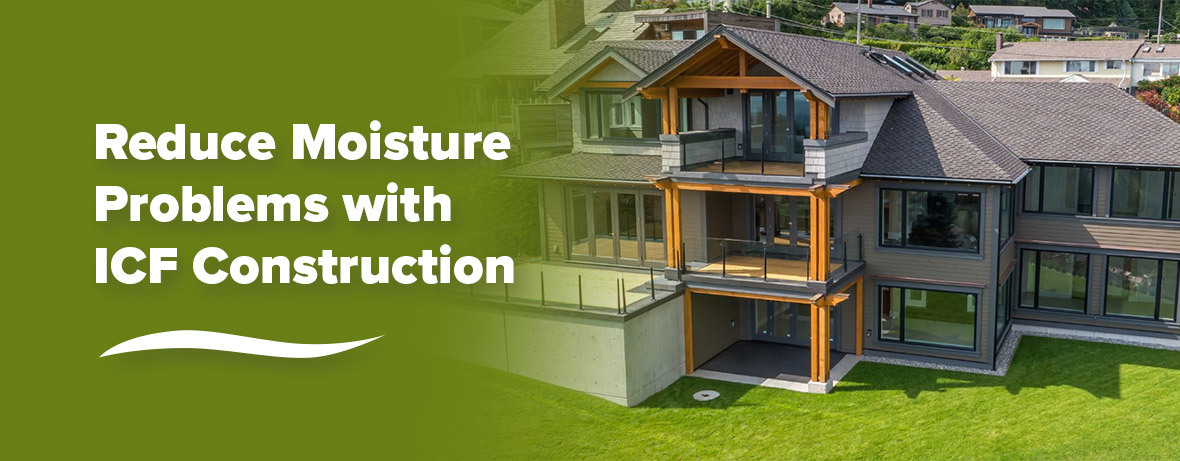
Fox Blocks Spray Foam
Discover Fox Blocks® Spray Foam – the only foam designed for ICF jobs. High yield, low expansion, superior adhesion. Perfect for EPS, wood & concrete. Buy now.

NRMCA Hosts Upcoming ICF Contractor Training Seminars
The NRMCA is a membership organization for the concrete industry and is a leading industry advocate that provides information and updates to its members about the latest techniques, materials and technologies.
How do you control voids in the wall?
The concrete mix is a high slump 5″- 6.5″ (125 mm – 165 mm) with a smaller aggregate size so the concrete flows easily. The person in charge of placing the concrete should watch the concrete flow throughout the whole wall to ensure there are no void pockets. Internal vibrating provides good consolidation, eliminating voids.

Home Climate Control: How to Prepare for When the Power Goes Out

SMP Architecture Saves Time with ICF for Waterfront Rescue Mission
The design team at SMP Architecture wanted to create a safe and secure, sustainable structure with low maintenance costs for the owners.

Reduce Moisture Problems with ICF Construction
You can avoid stud-framing moisture problems by choosing a moisture-resistant insulated concrete form (ICF) foundation for your new home.

How Long Does It Take to Build a House in California?
Building a house in California offers unique challenges and opportunities due to its diverse climate, geography, and stringent building regulations. This article explores the specific factors influencing construction timelines in California.

How to Understand Energy Ratings for Your House

Considerations for Building an Energy-Efficient Home in Texas
How to Build Energy-Efficient Home in Texas: Things to Consider

What Additional Insulation Do You Need for an ICF Home?
Easy-to-install ICF wall systems help create energy-efficient, durable, disaster-resistant, and healthy homes. But do you need additional wall insulation for ICF homes?